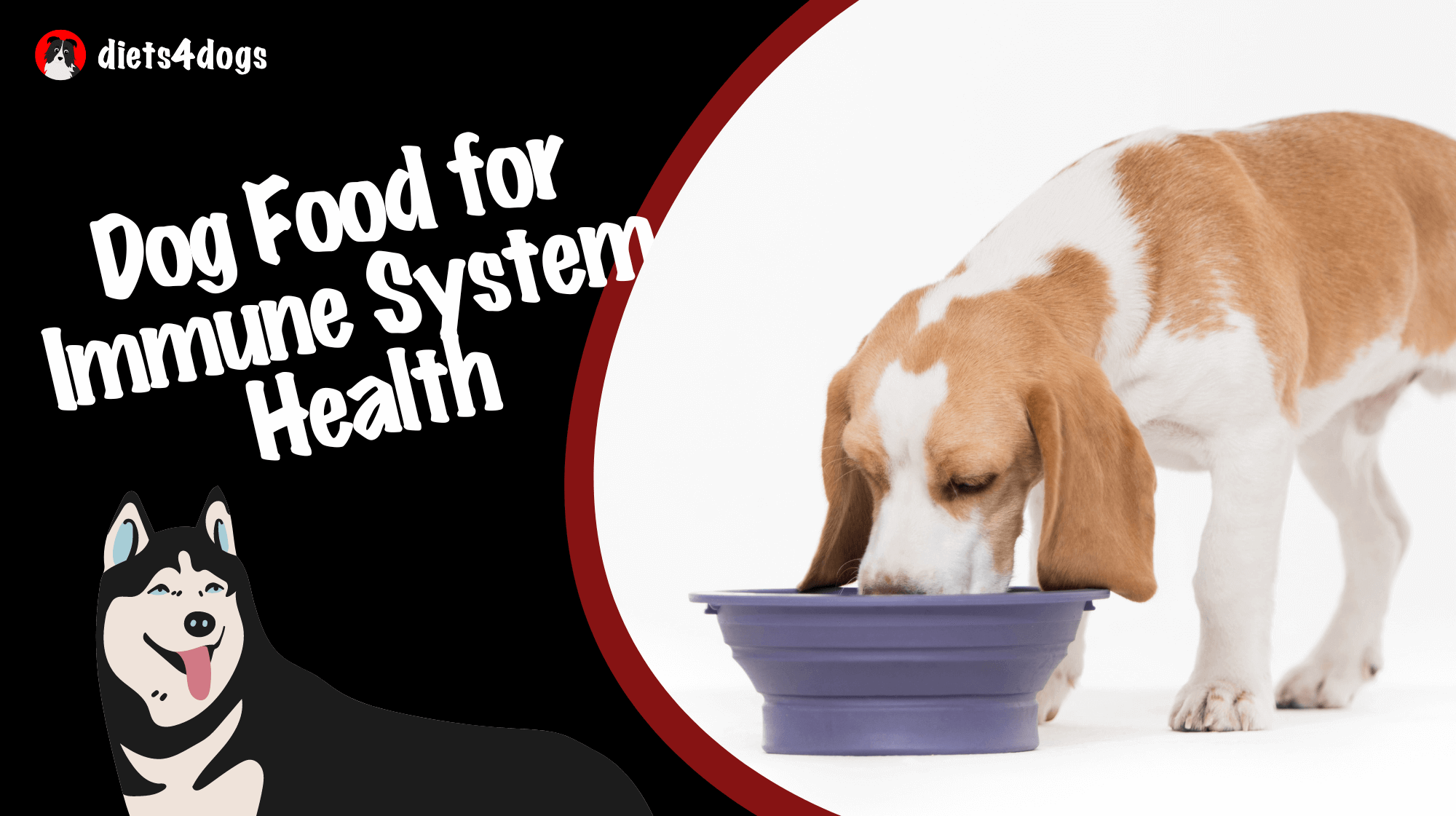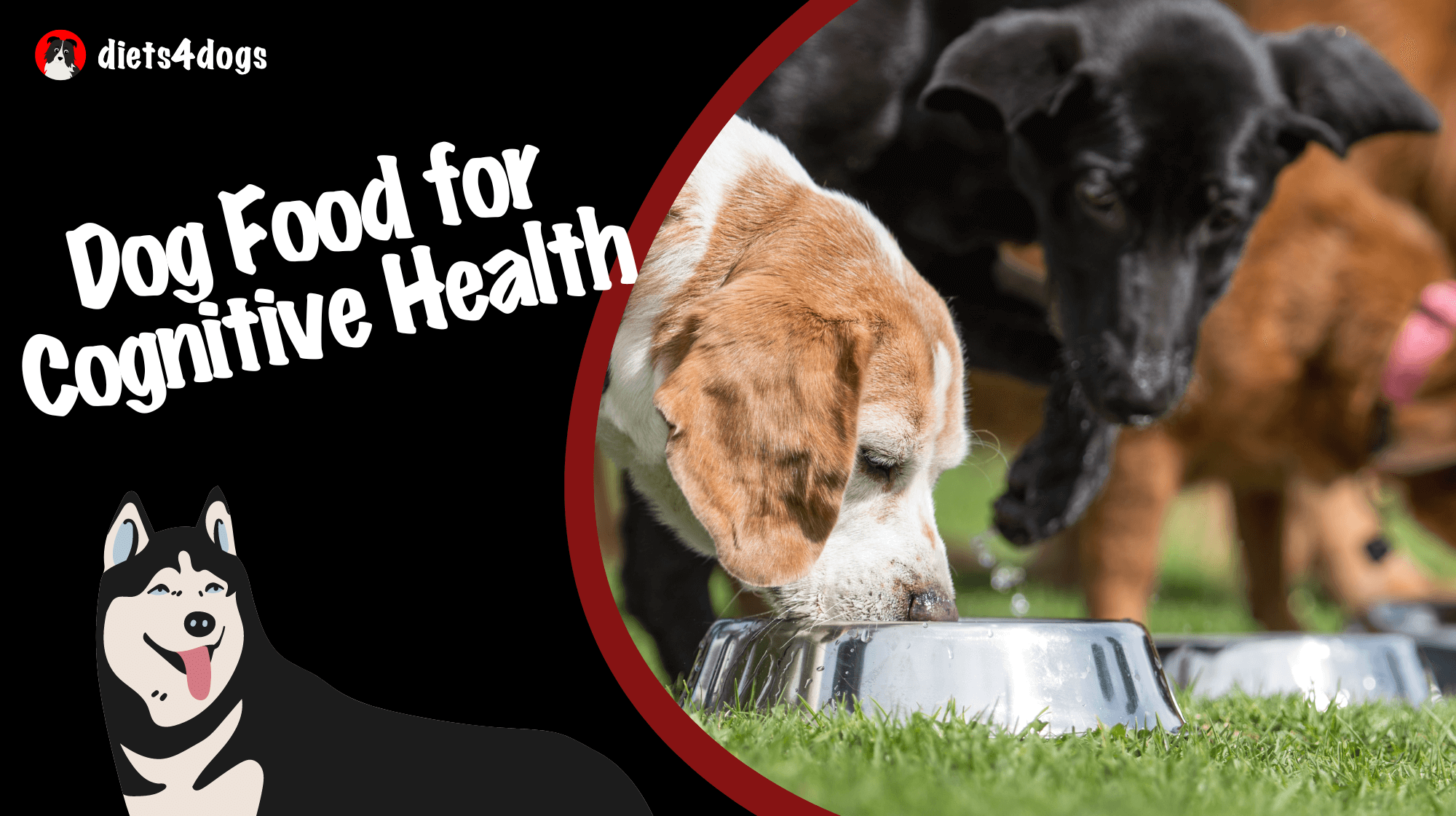As loving dog parents, we always want the best for our fur babies, and that includes their diet. Recently, grain-free dog food has taken center stage, casting a haze of misinformation over the benefits of grain-inclusive options. In this fun and informative blog post, we’ll debunk the myths about grains in your dog’s diet, explore the perks of premium grain-inclusive choices, and provide you with the know-how to decide the purr-fect (yes, even for dogs!) meal plan for your furry family member’s unique needs. Let’s dig in!
Grain-Inclusive Dog Food: Debunking Myths About Premium Choices
Grain-inclusive dog food can provide numerous benefits to your furry friend. Common myths like grains causing allergies, obesity or digestive issues often overshadow these benefits, but in reality, grains such as rice, oats, and barley are nutritious and packed with essential vitamins, minerals, and fiber. Premium grain-inclusive options are formulated with your dog’s specific needs in mind, resulting in a balanced diet and supporting overall health. By being aware of the nutritional facts and doing proper research, you can select a premium grain-inclusive dog food that best suits your dog’s requirements.
Myth #1: Grains Are Just Fillers
One of the most prevalent misconceptions about grain-inclusive dog food is that grains offer no real nutritional value and are used merely as fillers. Allow us to bark some sense into this myth.
Benefits of Whole Grains
Whole grains like brown rice, barley, and oats provide an array of essential nutrients such as vitamins, minerals, and fiber that contribute to a well-rounded, balanced diet. Contrary to popular belief, they can aid digestion, heart health, and weight management for our canine companions. And let’s not forget the steady energy supply offered by their complex carbohydrates!
Myth #2: Grains Cause Allergies
Allergy concerns have pushed many pet parents to turn towards grain-free diets. However, it’s essential to differentiate between allergy and intolerance, plus keep in mind that grains are not the leading offender when it comes to food allergies in dogs.
Allergy vs. Intolerance
Allergies occur when a dog’s immune system overreacts to an otherwise harmless substance. In contrast, intolerance lacks the immune involvement and manifests as a digestive upset. While grain allergies do exist, they are uncommon, and most cases of grain-related issues stem from intolerance.
More Common Allergens
Dog food allergies are more frequently triggered by proteins in meats such as beef, chicken, and dairy products. So, before pointing the paw at grains, it’s worth discussing with a veterinarian to pinpoint the exact cause of your dog’s allergic reaction.
Myth #3: Grains Lead to Obesity
Weight control is a concern for every pet parent but blaming grains for obesity is less fair than stealing a pup’s bone. The trick lies in understanding balance and moderation.
Energy Balance
An energy balance is critical for maintaining your dog’s ideal weight. In other words, the calories they consume from food should equal the calories they expend through daily activities. Incorporating whole grains can offer sustained energy release, add nutritious fiber to their diet, and give them a feeling of fullness.
Moderation is Key
Grain-inclusive premium dog food formulas don’t lead to obesity – overfeeding and lack of exercise do. As a responsible dog owner, it’s crucial to find the right balance between diet and exercise for your furry friend to maintain a healthy lifestyle.
Finding the Best Grain-Inclusive Premium Dog Food
Now that we’ve faced these myths head-on, it’s time to put the knowledge into practice and select the perfect grain-inclusive premium dog food tailored to your canine’s nutritional needs.
Read the Label
Understanding the ingredient list is vital. Look for whole grain options like brown rice or oats, quality protein sources, and balanced percentages of carbs, fats, and proteins to meet your dog’s specific needs.
Consult Your Vet
Discuss your dog’s dietary needs with your veterinarian, considering factors such as age, weight, breed, activity level, and any existing health issues. Your vet can help you choose a grain-inclusive diet tailored to your pet’s unique requirements.
Monitor Your Dog’s Progress
As the pet parent, you know your dog best. Keep an eye on their weight, skin condition, energy levels, and any signs of intolerance or discomfort. Don’t hesitate to reevaluate their diet and consult your vet with any concerns.
Transitioning Your Dog to Grain-Inclusive Dog Food
Switching your furry friend’s diet from grain-free to grain-inclusive can be as simple as following a few key steps to ensure a seamless and comfortable transition.
Gradual Transition
Introduce the new grain-inclusive premium dog food gradually by mixing it with your dog’s current food. Start with a small ratio of new to old food (about 25% new food and 75% old food) and gradually increase this ratio over one to two weeks. This approach helps your dog’s digestive system adjust to the new ingredients at a steady pace.
Monitor Your Dog’s Adjustment
Keep a close eye on your dog’s behavior, stool consistency, and overall well-being during this transition phase. If you notice any signs of intolerance or discomfort, such as vomiting, diarrhea, or itching, consult with your veterinarian to evaluate if the new food may not suit their individual needs.
Understanding Dog Nutrition: Beyond Grains
Dog nutrition is not solely about grains, premium dog food, or following the latest fads. It is vital, as pet parents, to ensure our dogs receive a balanced and complete diet to support their growth, development, and overall health.
Macronutrients: Protein, Carbs, and Fats
All three macronutrients play a crucial role in your dog’s diet. Protein supports their muscles, organs, and immune system; carbohydrates provide energy; and fats serve numerous functions, from protecting organs to ensuring healthy skin and coat. Proper balance is crucial – select a dog food that contains a sound macronutrient profile and avoid overloading on any particular nutrient.
Micronutrients: Vitamins and Minerals
Micronutrients such as vitamins and minerals have significant effects on your dog’s overall health. A high-quality grain-inclusive dog food usually incorporates essential vitamins (A, D, E, K) and minerals (calcium, phosphorus, potassium, sodium) in a well-balanced, easily digestible form. These micronutrients contribute to essential bodily functions, immune support, and fighting inflammation in dogs.
Hydration
Another often overlooked aspect of dog nutrition is hydration. Ensuring your dog has access to clean, fresh water at all times is fundamental. Hydration promotes healthy skin and coat, aids digestion, and maintains proper blood circulation. Dehydration or insufficient water intake can lead to various health issues and exacerbate existing medical conditions.
By getting a better grasp on dog nutrition, debunking the myths about grain-inclusive premium dog food, and understanding the nuances of canine dietary requirements, you can provide your beloved dog with a balanced and healthy diet that keeps them in tip-top shape!
FAQ Section: Grain-Inclusive Premium Dog Food
As a fellow dog lover, you may have some questions about grain-inclusive dog food and how to make well-informed decisions for your furry friend’s diet and nutrition. In this FAQ section, we’ll provide concise answers to the most common questions regarding grain-inclusive premium dog food.
1. Are grains bad for dogs?
No, grains are not inherently bad for dogs. High-quality grains such as brown rice, oats, and barley deliver essential nutrients and can be beneficial for many dogs as they provide dietary fiber, vitamins, and minerals necessary for a balanced diet.
2. Can grains cause allergies in dogs?
While grain allergies do exist in dogs, they are relatively rare compared to more common allergens like proteins from meats such as beef, chicken, and dairy products.
3. Do grains cause dog obesity?
Grains themselves do not cause obesity. Overfeeding your dog and a lack of exercise can lead to obesity. Including whole grains in your dog’s diet can support weight management, provide a steady energy supply, and maintain a well-rounded, balanced diet.
When selecting a grain-inclusive premium dog food, read the label, consult your veterinarian for guidance on your dog’s specific needs, and pay attention to the product’s ingredients, macronutrient profile, and overall nutritional value.
5. How do I transition my dog from grain-free to grain-inclusive dog food?
Gradually introduce the new grain-inclusive dog food by mixing it with the current food over one to two weeks. Start with a ratio of 25% new food and 75% old food and gradually increase the new food’s proportion to help your dog’s digestive system adjust.
6. Is grain-free dog food always better?
Grain-free dog food is not always the better choice. Deciding the ideal diet for your dog depends on factors such as age, weight, activity level, and any existing health conditions. Grain-inclusive dog food can be just as nutritious and beneficial for dogs if chosen wisely.
7. Which type of grains are beneficial for dogs?
Whole grains like brown rice, barley, and oats are nutritionally valuable options for dogs as they provide vitamins, minerals, and fiber that contribute to a well-rounded, balanced diet.
8. Can all dogs eat grain-inclusive dog food?
Most dogs can safely consume grain-inclusive dog food. However, always consult with your vet to ensure the specific formulation aligns with your dog’s individual dietary requirements and consider any existing health issues.
9. How does proper dog nutrition differ from trends?
Proper dog nutrition focuses on providing a balanced, complete diet that supports your dog’s growth, development, and overall health. Trends like grain-free vs. grain-inclusive diets may not consider your dog’s individual needs in the same capacity.
10. How do I ensure I’m feeding my dog the right amount of grain-inclusive dog food?
Consult with your veterinarian to determine the ideal portion sizes based on your dog’s age, size, activity level, and health. Regularly monitor your dog’s weight, energy levels, and overall well-being to ensure they receive the right amount of food to support their nutritional requirements.












